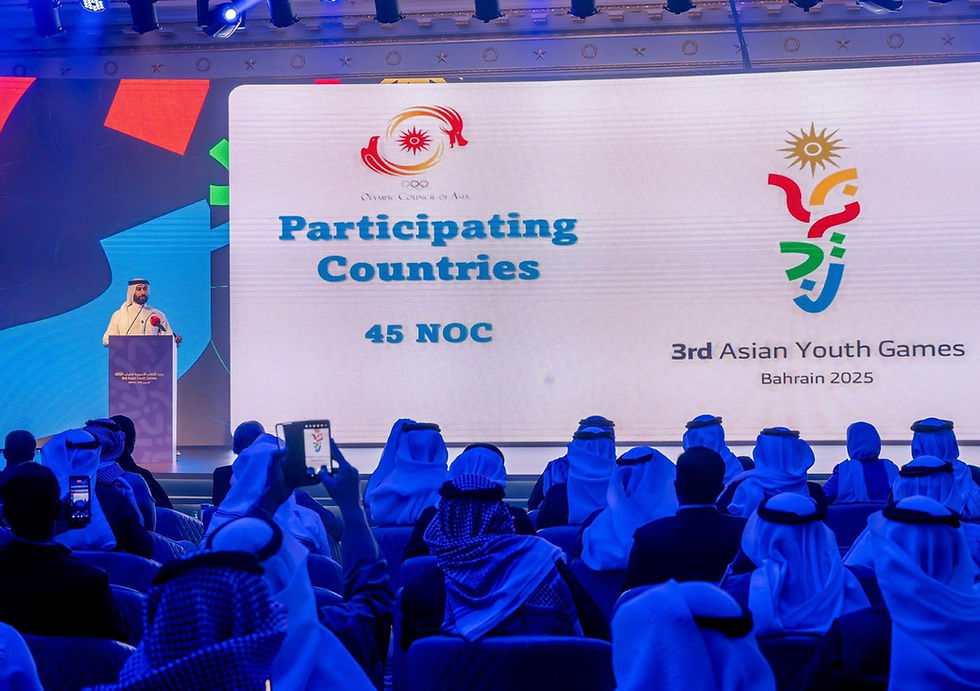The Growing Popularity of Pickleball: A Sport for All Ages
- Rahmani Khoshnaw

- May 1
- 3 min read
Khoshnaw Rahmani, JadeTimes Staff
K. Rahmani is a Jadetimes news reporter covering Sports

It started as a backyard experiment—a mix of tennis, ping-pong, and badminton cobbled together with a perforated ball and makeshift paddles. A quirky pastime, nothing more. Or at least, that’s what everyone thought.
Fast forward to today, and pickleball is everywhere. Courts packed with retirees, teenagers, ex-tennis pros, and absolute beginners, all swinging paddles with equal enthusiasm. A sport once dismissed as niche has exploded into the fastest-growing game in America, sweeping across age groups, skill levels, and communities like an unstoppable wave.
How did pickleball go from hidden gem to national obsession? Is it just a fad, or the future of recreational sports? Let’s dive in.
The Origins: A Game Born from Experimentation
Pickleball wasn’t invented in a boardroom, strategized for commercial success, or designed with Olympics in mind. No, it came from boredom—created in 1965 by three dads in Bainbridge Island, Washington, looking for a way to entertain their kids during summer.
They grabbed a badminton net, ping-pong paddles, and a plastic ball. No grand vision, no market analysis—just a spontaneous mix of whatever was available. The game clicked. Over time, official rules were shaped, and courts popped up across local neighborhoods.
But why now? Why, decades later, has pickleball suddenly burst into mainstream culture?
Why Pickleball Is Taking Over
Pickleball’s rise is no accident. It thrives because it hits the sweet spot between accessibility, competitiveness, and pure fun.
1. It’s Easy to Learn, Hard to Master
Unlike tennis, which demands serious technique, pickleball welcomes beginners. A few minutes of swinging the paddle, and anyone—from a 10-year-old to a 75-year-old—can rally.
But don’t mistake simplicity for lack of strategy. As players improve, the game becomes a battle of angles, placements, and quick reflexes—a chess match disguised as a sport.
2. A Sport for Every Generation
Where else do you see teenagers, grandparents, and former athletes competing against each other on equal footing? Pickleball has uniquely bridged generational gaps, turning it into a social event as much as a sport.
3. The Boom of Community Culture
Pickleball isn't just played—it’s celebrated. Local leagues, recreational tournaments, and social meetups keep players engaged. It’s more than swinging paddles; it’s laughing, competing, and connecting.
Economic & Cultural Impact: More Than Just a Hobby
As pickleball’s popularity skyrockets, its footprint expands beyond courts—it’s influencing sports businesses, real estate, and even professional athletics.
1. The Explosion of Pickleball Courts
Public parks, private clubs, retirement communities—everyone wants pickleball courts. Cities are converting tennis spaces to keep up with demand.
2. The Rise of Professional Pickleball
Major league pickleball is becoming a legitimate sport, attracting sponsorships, prize money, and celebrity investors. Even former tennis champions are jumping into pickleball tournaments, recognizing its potential.
3. The Social & Wellness Factor
Pickleball isn’t just recreational—it’s therapeutic. Players report improved mental health, reduced stress, and better mobility, making it a lifestyle, not just a game.
For decades, pickleball was the underdog of sports, quietly played in neighborhoods, dismissed by major leagues. But underdogs rise. And this game? It’s no longer asking for recognition—it’s demanding it.
Pickleball isn’t a trend. It’s a movement; a sport where competition doesn’t exclude, but invites; a game where skill doesn’t segregate, but connects generations. It’s not just about hitting a ball over a net—it’s about the shared energy, the laughter, the thrill of each rally.
And the best part? Pickleball isn’t peaking—it’s only just warming up.










































Comments